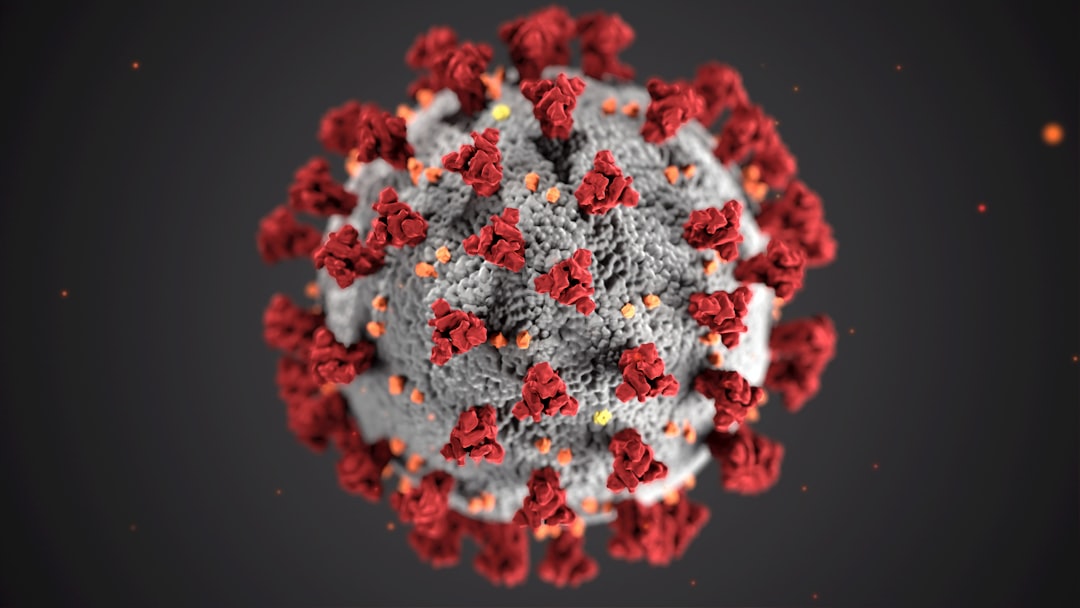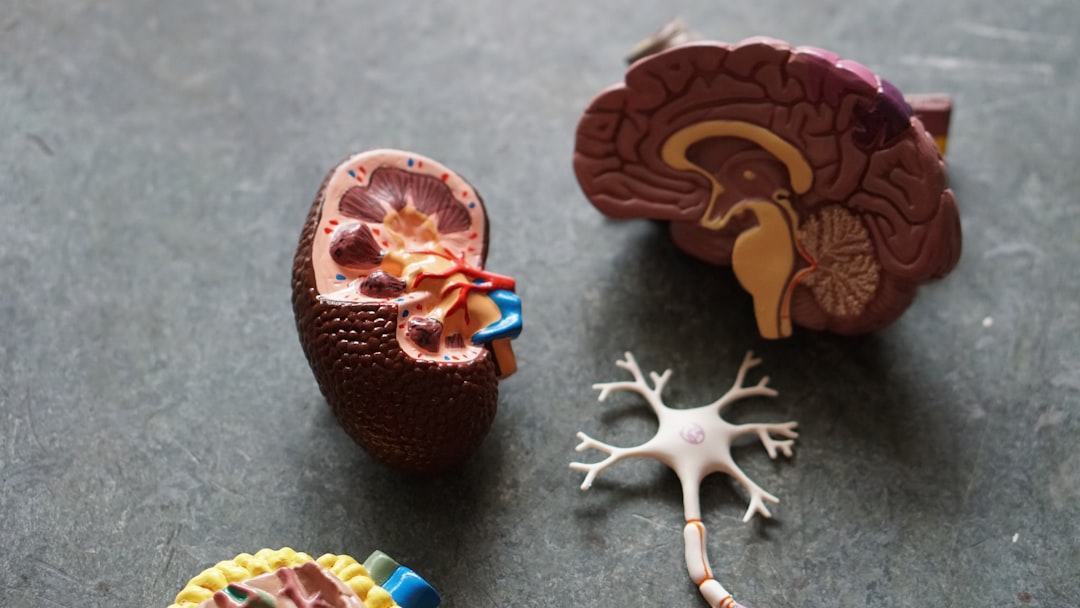What is it about?
In this study, the genetic loci of stigma defect (sd) mutant (without nectaries) were mapped to ChrA07 30-kb and ChrC06 65-kb of Brassica napus (B. napus) by bulk segregant analysis, re-sequencing and map-based cloning. The seed setting rate (SS) of sd mutant was 93.4% lower than that of wild type. Through collinearity analysis, it was found that these two candidate intervals were homeologous regions, which had good collinearity with Arabidopsis genome; by sequencing the genes in the candidate interval, it was found that 633 bp hAT and 8494 bp EnSpm transposons were inserted at −1352 bp and +605 bp of BnaSSA07.crc, respectively. In addition, there were variations in the promoter region of BnaSSC06.crc; the expression differences of the two genes were also determined by real-time PCR; knockdown of these two genes at the same time also obtained a phenotype similar to that of the sd mutant. CRABS CLAW (CRC) controls the development of carpels and nectaries, so the genes affecting SS in B. napus were identified as BnaCRCs. Scanning electron microscope and transmission electron microscope showed that the stigma of sd mutant was composed of ‘two parts’, the stigma area was small, and the papilla cells were not full. In addition, vacuoles in stigma papillary cells burst 16 hours after flowering. It is speculated that the size and presence of vacuoles in papillary cells may be the main reasons for the reduction of SS in sd mutants. BnaSSA07.crc and BnaSSC06.crc were detected in 501 natural populations of B. napus, and BnaSSC06.crc was found to be more widely distributed. By comparing the SS of natural populations within 4 years, it was found that BnaSSC06.crc was not related to SS, but the SS of lines containing BnaSSA07.crc variant decreased significantly, which means that A subgenome contributes to the SS of B. napus. By comparing the genomes of Brassicaceae, it was found that there were structural variations in CRC gene and its adjacent SPL gene. Interestingly, crops that harvest seeds and crops that harvest nutrients have opposite gene structures. Therefore, it is speculated that the crops for harvesting seeds are artificially domesticated and selected according to the SS. In addition, there are two gene structures in C subgenome of B. napus, which indicates that the C subgenome has not been artificially selected, implying the application potential of the C subgenome.
Featured Image

Photo by Annie Spratt on Unsplash
Read the Original
This page is a summary of:
BnaCRCs
with domestication preference positively correlate with the seed‐setting rate of canola, The Plant Journal, August 2022, Wiley,
DOI: 10.1111/tpj.15919.
You can read the full text:
Contributors
The following have contributed to this page










